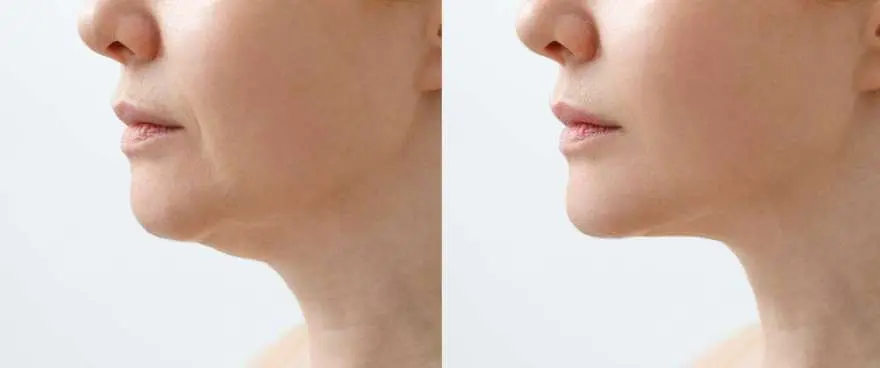
Is Gua Sha Legit? Fact-Checking the Real Benefits
Gua sha, a traditional East Asian healing technique, often slides under the radar of mainstream medical scrutiny. Its growing popularity in Western wellness culture begs the question: Is Gua Sha legit? Fact-checking the real benefits unveils a complex narrative far from the black-and-white verdicts we so often seek.
Let’s slice through the noise. Gua sha involves scraping your skin with a smooth-edged instrument to improve circulation. This ancient practice, rooted in traditional Chinese medicine, claims to offer everything from reduced inflammation to a boosted immune system. But as we pivot to a more holistic health approach globally, the scientific backing becomes crucial to discerning its legitimacy.
Here’s where the rubber meets the road: anecdotal evidence abounds. You’ll hear stories, maybe from your yoga teacher or that friend who always has an herb for everything, praising gua sha for its miraculous effects. They speak of waking up with glowing skin, the chronic pain that vanished overnight, the zen-like state of relaxation it induced. Yet, in the age of evidence-based practice, stories aren’t enough.
Scientifically, a few studies peek over the horizon, suggesting there might be something to these claims. Research indicates that gua sha may indeed increase microcirculation locally, which could theoretically aid in various aspects of healing and relaxation. Yet, these studies often come with a caveat—they are preliminary, small scale, or not rigorously peer-reviewed.
Critics argue that gua sha’s benefits might be a placebo effect. The power of believing you’re doing something beneficial can’t be underestimated—it’s a potent medicine on its own. However, dismissing gua sha solely on the grounds of insufficient scientific evidence would overlook the cultural and historical significance it holds. It’s a piece of a larger, more intricate puzzle of traditional practices that have been nurtured over centuries.
From a practical standpoint, gua sha is relatively low risk when performed correctly. The most common side effects are temporary bruising and discomfort, which are typically mild and fade within a few days. This safety profile is a strong point in its favor, allowing even skeptics to give it a shot without the fear of significant adverse effects.
So, is gua sha legit? It straddles the line between proven remedy and promising possibility. Whether you’re looking to soothe sore muscles, brighten your complexion, or simply indulge in a moment of self-care, gua sha offers an accessible and, potentially, effective avenue. But let’s not brand it a cure-all. As with any alternative treatment, it’s best approached with curiosity, a touch of skepticism, and a good dose of personal judgment.
In our quest for health and well-being, gua sha is not the magical key but rather one of many tools in the wellness toolkit. It invites us to explore, experiment, and critically evaluate. After all, isn’t the journey of health not just about finding what is definitively proven, but also about discovering what feels right for you?
